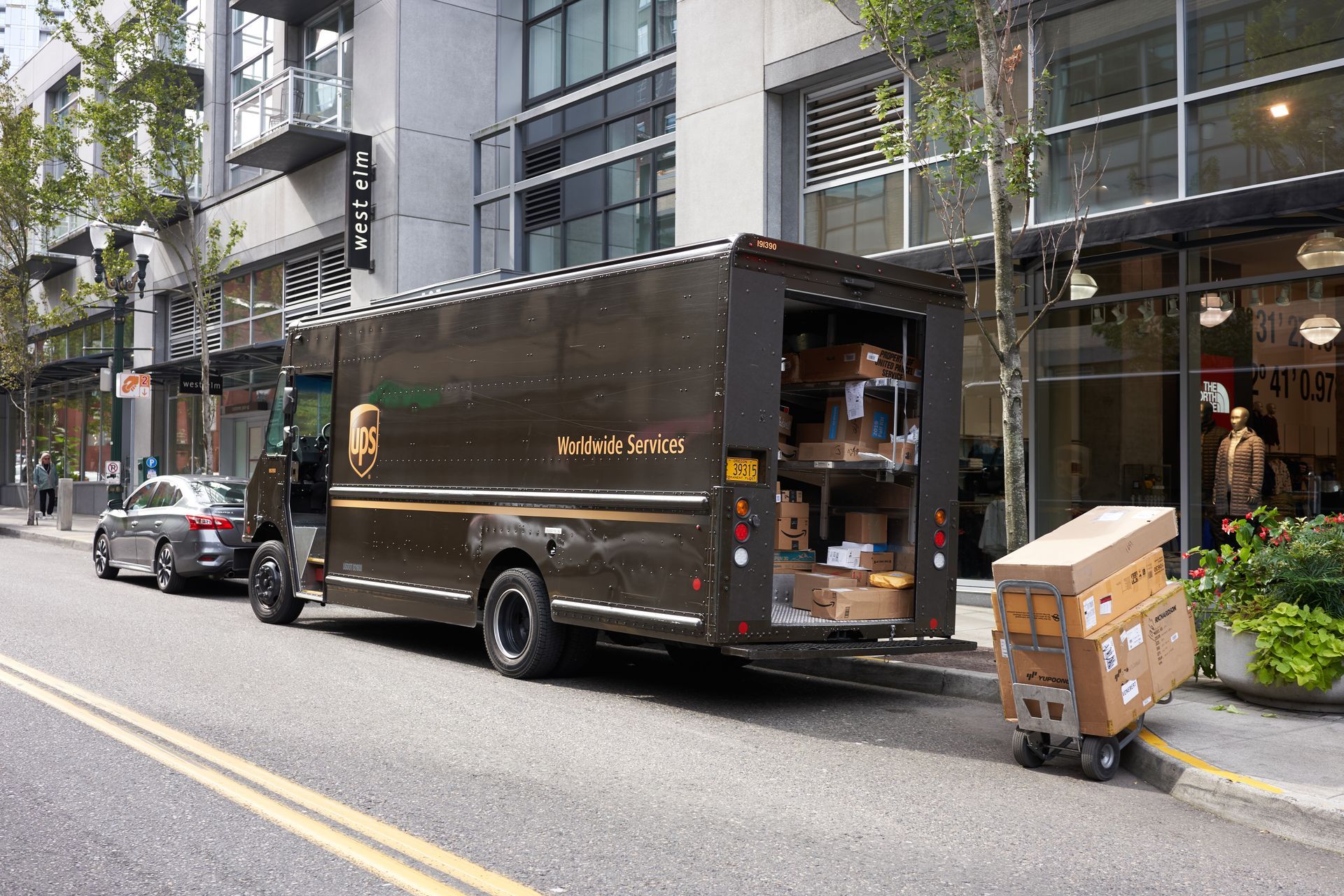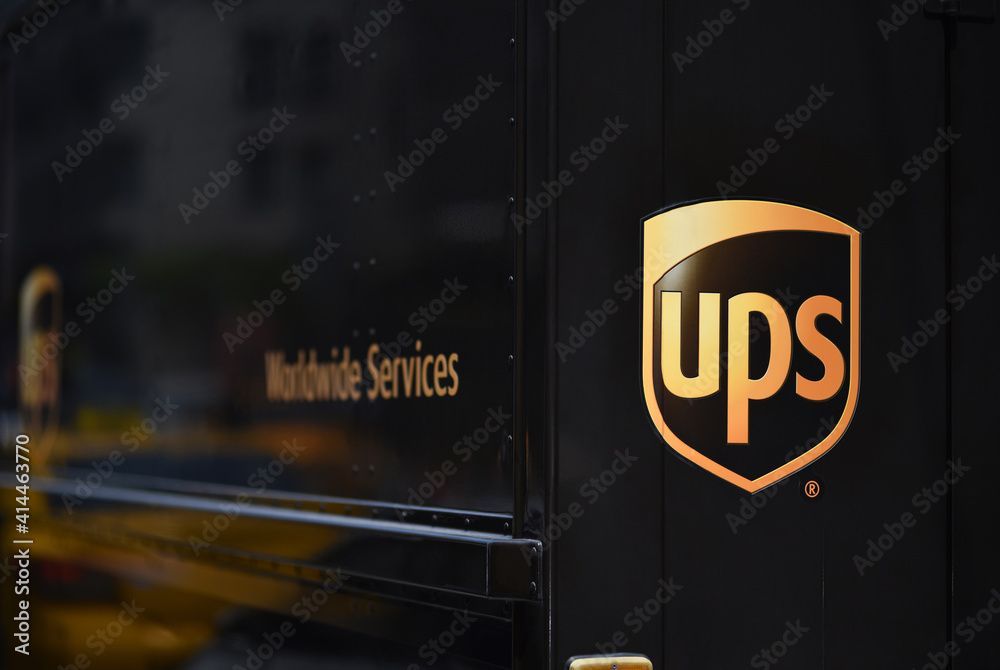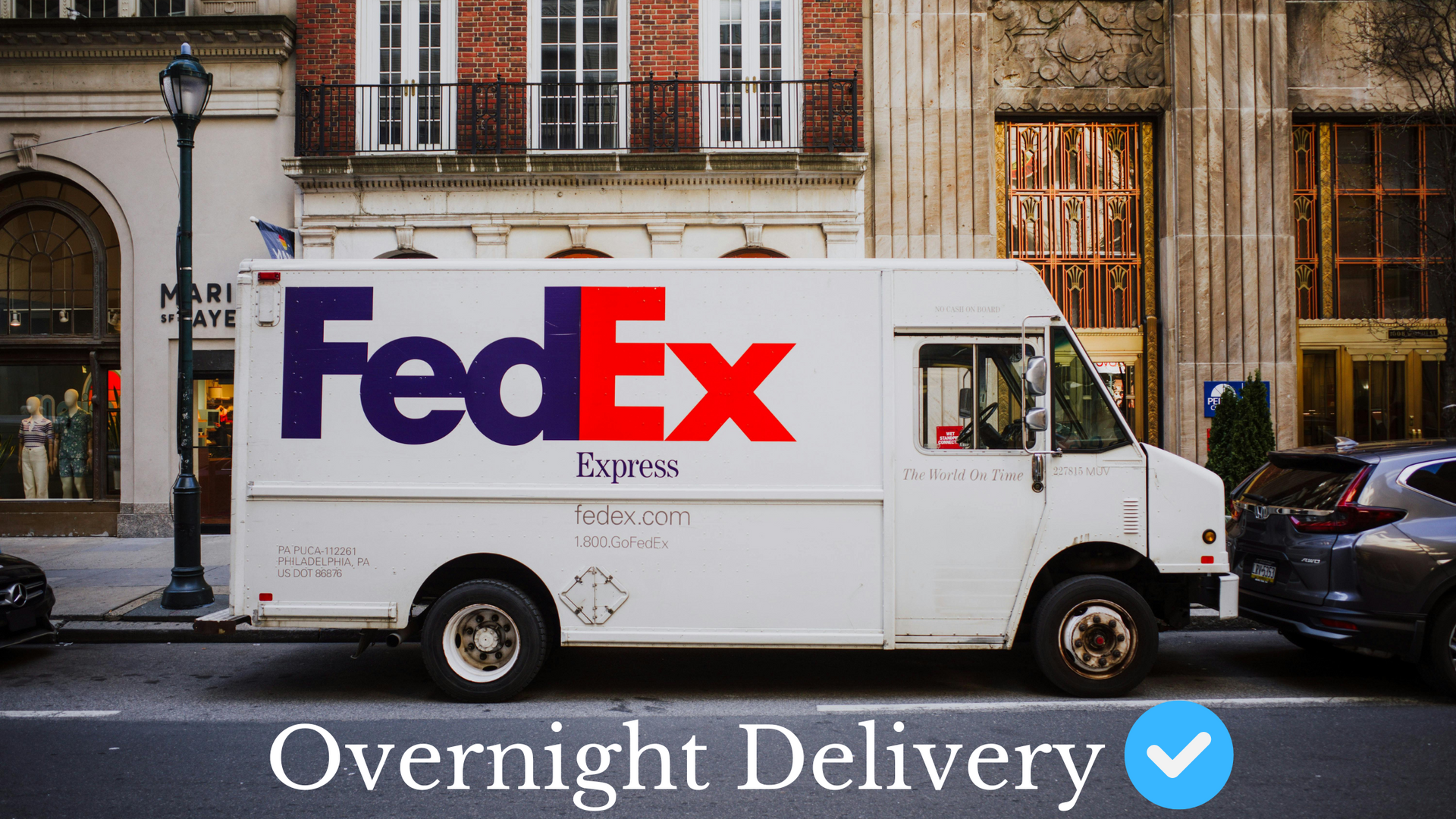How to Prepare Your E-Commerce Store for Hikes in Holiday Shipping
The holiday season is a critical time for e-commerce businesses. With increased demand comes the potential for shipping delays, higher costs, and logistical challenges. Preparing your store for these seasonal fluctuations is essential to maintaining customer satisfaction and protecting your profit margins. This guide provides actionable strategies to navigate the holiday shipping season with ease.
Anticipate Holiday Shipping Challenges
The holiday season amplifies common shipping challenges. Awareness of these issues allows you to plan effectively.
1. Carrier Delays
Major carriers experience higher volumes during the holidays, leading to potential delays. Understanding their holiday deadlines can help you set realistic expectations for your customers.
2. Increased Shipping Costs
Carriers often impose peak season surcharges, adding to your operational expenses. Factoring these costs into your pricing strategy ensures you don’t take an unnecessary financial hit.
3. Inventory Shortages
Shipping slowdowns can delay inventory replenishment, leaving you unable to fulfill orders. Stocking up in advance can help prevent this.
4. Customer Expectations
Holiday shoppers are often more demanding, expecting fast shipping and accurate delivery. Failing to meet these expectations can harm your reputation.
Audit and Optimize Your Shipping Process
Before the holiday rush begins, review your shipping workflows to identify inefficiencies and potential bottlenecks.
1. Review Carrier Agreements
Evaluate your existing contracts with carriers. Look for opportunities to negotiate better rates or explore new partnerships with carriers offering better terms for high-volume shipping.
2. Leverage Multiple Carriers
Relying on a single carrier increases risk during peak seasons. Partnering with multiple carriers provides flexibility to route shipments more effectively during delays or capacity shortages.
3. Audit Fulfillment Operations
Assess whether your current fulfillment setup can handle increased demand. Ensure your packing stations are well-organized, and consider hiring seasonal staff if needed.
4. Upgrade Shipping Technology
Invest in shipping software that automates label generation, calculates real-time rates, and tracks deliveries. These tools save time and improve accuracy.
Communicate Clearly with Customers
Transparent communication about shipping policies and timelines is key to managing customer expectations.
1. Set Realistic Delivery Timelines
Publish your holiday shipping deadlines prominently on your website. Base these on carrier cutoff dates to avoid last-minute disappointments.
2. Offer Multiple Shipping Options
Provide standard, expedited, and same-day delivery options. This gives customers flexibility based on their urgency and budget.
3. Send Delivery Updates
Use email or SMS notifications to keep customers informed about their order status. Proactive updates reduce the number of customer inquiries and build trust.
Prepare for Increased Costs
Shipping cost increases during the holidays are inevitable. Proactively managing these expenses can prevent them from eating into your profits. Read more about 2025 FedEx rate increase here
1. Incorporate Shipping Costs Into Pricing
Adjust your product pricing to account for higher shipping expenses or offer free shipping above a minimum order threshold to maintain profitability.
2. Negotiate Peak Season Rates
Work with carriers to secure discounts or capped rates for the holiday season, especially if you anticipate a significant shipping volume.
3. Utilize Regional Carriers
Regional carriers may offer more competitive pricing and faster delivery times for local shipments. Explore these options to offset surcharges from national carriers.
Ensure Your Inventory Is Ready
Proper inventory management is crucial to meeting demand and avoiding stockouts during the holiday season.
1. Forecast Demand Accurately
Use historical sales data to predict which products will be in high demand. Order inventory early to avoid delays from suppliers.
2. Organize Your Warehouse
Streamline your warehouse layout to make it easy to locate and pack popular items. This can speed up the fulfillment process during peak times.
3. Implement Safety Stock Levels
Maintain a buffer stock for your best-selling products to account for unexpected demand spikes.
Streamline Returns Management
Returns often increase during the holiday season. Preparing your store for this can enhance customer satisfaction and improve operational efficiency.
1. Simplify the Return Process
Make it easy for customers to initiate returns by providing prepaid labels or clear return instructions on your website.
2. Offer Extended Return Windows
Holiday shoppers often buy gifts early. Providing extended return periods accommodates this and encourages more purchases.
3. Inspect and Restock Quickly
Establish a system for inspecting returned items and restocking them promptly to maximize inventory availability.
Leverage Holiday Shipping Incentives
Strategic shipping promotions can drive sales and increase customer loyalty during the holiday season.
1. Offer Free Shipping
Free shipping is a top incentive for holiday shoppers. Use it as a marketing tool for orders that meet a minimum purchase threshold.
2. Promote Fast Shipping
Highlight expedited shipping options for last-minute shoppers. Include clear messaging about cutoff dates to create urgency.
3. Provide Gift Wrapping Services
Adding gift wrapping as an optional service can differentiate your store and add value for customers during the holidays.
How Mindful Logistics Can Help
Managing holiday shipping requires expertise and a proactive approach. Partnering with a logistics consultant like Mindful Logistics can ease the burden and ensure your operations run smoothly.
1. Carrier Contract Negotiations
Mindful Logistics can help you secure favorable terms with carriers, minimizing the impact of peak season surcharges.
2. Shipping Process Optimization
Their experts analyze your workflows and recommend changes to improve efficiency, reduce costs, and speed up fulfillment.
3. Advanced Shipping Software Integration
Mindful Logistics offers tools to automate shipping tasks, ensuring you stay on top of holiday demand without overwhelming your team.
4. Real-Time Problem Solving
When shipping delays or inventory shortages arise, Mindful Logistics provides timely solutions to keep your operations on track.
Conclusion
The holiday shipping season presents both challenges and opportunities for e-commerce businesses. By anticipating issues, optimizing processes, and proactively managing costs, you can turn the holiday rush into a period of growth and customer satisfaction.
Partnering with experts like Mindful Logistics can make a significant difference, ensuring your store is prepared for the busiest time of the year. Take the steps now to safeguard your success and deliver an exceptional holiday shopping experience to your customers.
Ready to work with Mindful Logtistics?
Let's connect! We’re here to help.
Send us a message and we’ll be in touch.
Or give us a call today at (919) 368-6169
Agency Contact Form
More Info on Shipping and Saving




